2-Day Shame-Informed Treatment Certification Course – PATTI ASHLEY (Digital Seminar)
Description:
Shame lurks in the shadows of almost every therapy hour.
It can push your clients to hide their innermost feelings, put them into a freeze state where they feel trapped and powerless, or cause them to lash out at you in-session as they mask their shame with anger and blame.
Yet for most of us, working with shame wasn’t part of our university or supervised training. How will you move your clients forward when they’ve spent a lifetime viewing themselves as wrong, unlovable, and unworthy of getting better?
This 2-day Certification Training will give you the skills and tools you need to end the tyrannical hold of shame and empower your clients to develop the acceptance of themselves, others and reality necessary for the effective treatment of shame-prone clients with trauma, stress, anxiety, eating disorders, substance use, and anger issues.
Watch and get the training you need to:
- End shame avoidance that stalls therapy
- Reduce judgmental thoughts and reactivity
- Reclaim the body from shame
- Overcome fears about failure, inadequacy and rejection that get clients stuck
- Build shame resiliency with interventions based on empathy, forgiveness and compassion
Best of all, upon completion of this live training, you’ll be eligible to become a Certified Shame-Informed Treatment Specialist (CSTS) through Evergreen Certifications. Certification lets colleagues, employers, and caregivers know that you’ve invested the extra time and effort necessary to understand the complexities of grief counselling with today’s youth. Professional standards apply.
Outline:
Shame, Attachment and Social-Emotional Development
- The difference between guilt, shame and core shame
- Shame and attachment
- Ruptured interpersonal bridges
- The evolution of social-emotional development
- Why self-compassion is so hard to access
The Neurophysiology of Shame:
Polyvagal Theory, Shame and the Shutdown Response
- Shame and the Vagus Nerve
- Neuroception, shame and felt safety
- Core shame and implicit memory
- Three common responses to shame
- How addressing shame expedites treatment
Recognizing Shame: Assessment Tools
- Why shame goes undetected by clinicians
- Multicultural perspectives
- Perfectionism, rage, blame and other defenses against shame
- Reading the body – non-verbal signs of shame
- Interview questions for assessing shame in relationships and current patterns
- Self-assessment: identify your own shame
How to Create a Safe and Empathetic Therapeutic Environment
- Mirror neurons and relational presence
- Attunement as the key to therapeutic change
- Large Empathy and being vulnerable
- Avoid stigmatizing language in therapy
- Co-regulating safety and equal power in the therapeutic relationship
Re-Write the Story of Shame into “I Am Enough”:
Clinical Strategies to Cultivate Secure Attachment and Self-Compassion
- Somatic approaches to cultivate secure attachment
- Self-compassion and gratitude exercises
- The four therapeutic “R”s: Recognize, Respect, Regulate and Re-Story
- Four “C” shovels to calm nervous system and self-regulate shame response
- Exercises to strengthen connections
- Creative arts, music and poetry – increase neuroplasticity
- Playfulness, humor and being in nature can rewire the brain
- Mindfulness and meditations for non-judgmental awareness of shame
- Narratives and visualizations to re-write clients stories to safety and being enough
- Research, limitations and potential risks
Connect Shame-Informed Clinical Strategies to the Treatment of:
Anger and Rage
- Shame of fear: Shame as a cover for anger
- Self-acceptance techniques for internal damage control
- Compassion and forgiveness exercises to let go of anger
Trauma
- Somatic interventions
- Strategies to survive without guilt
- Exercises to rediscover self-worth
Stress and Anxiety
- Mediate the paralysis of perfection with self-acceptance
- Social anxiety as shame & self-doubt
- Mindfulness-based, non-anxious self-consciousness
Eating Disorders
- How shame pushes clients into binge eating
- Choice Awareness Training for moderation & presence
- Self-acceptance strategies for emotional eating
Substance Abuse and Addiction
- Addressing the shame of relapse
- Self-assertive trigger avoidance
- Choice awareness techniques for habit modification
- Build craving/impulse control skill power
Depression, Self-Harm & Suicidality
- Recognize how internalized shame can deepen depression
- Developing healthy coping strategies for uncomfortable feelings
- Demystifying shame responses and returning them to their origin
NLP online course
So what is NLP?
NLP stands for Neuro-Linguistic Programming. Neuro refers to your neurology;
Linguistic refers to language; programming refers to how that neural language functions.
In other words, learning NLP is like learning the language of your own mind!
NLP is the study of excellent communication–both with yourself, and with others.
It was developed by modeling excellent communicators and therapists who got results with their clients.
NLP is a set of tools and techniques, but it is so much more than that.
It is an attitude and a methodology of knowing how to achieve your goals and get results.
Preview Information:
Original Page
Archive Page
More Course: NLP – HYPNOSIS – PHILOSOPHY
Outstanding Course:Legal and Ethical Issues in Behavioral Health in Wisconsin


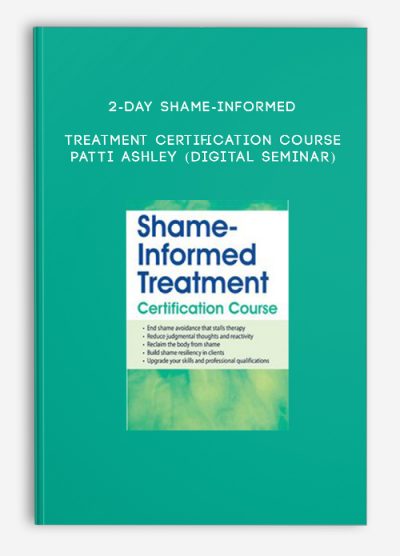
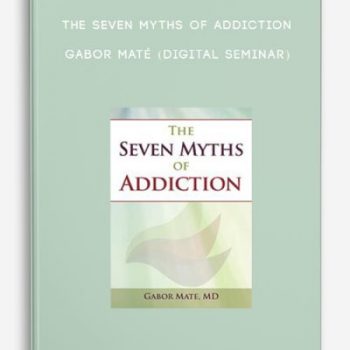

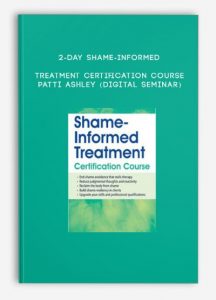
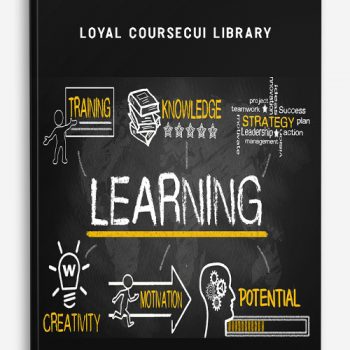

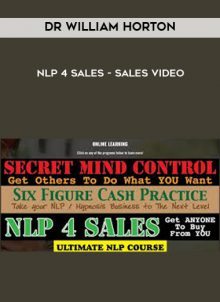

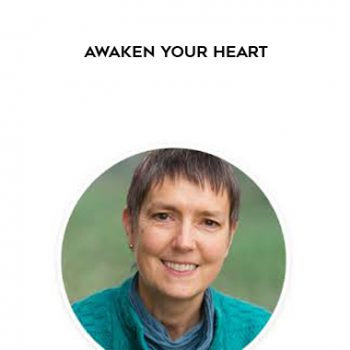



Lord –
This is Digital Download service, the course is available at Vincourse.com and Email download delivery.